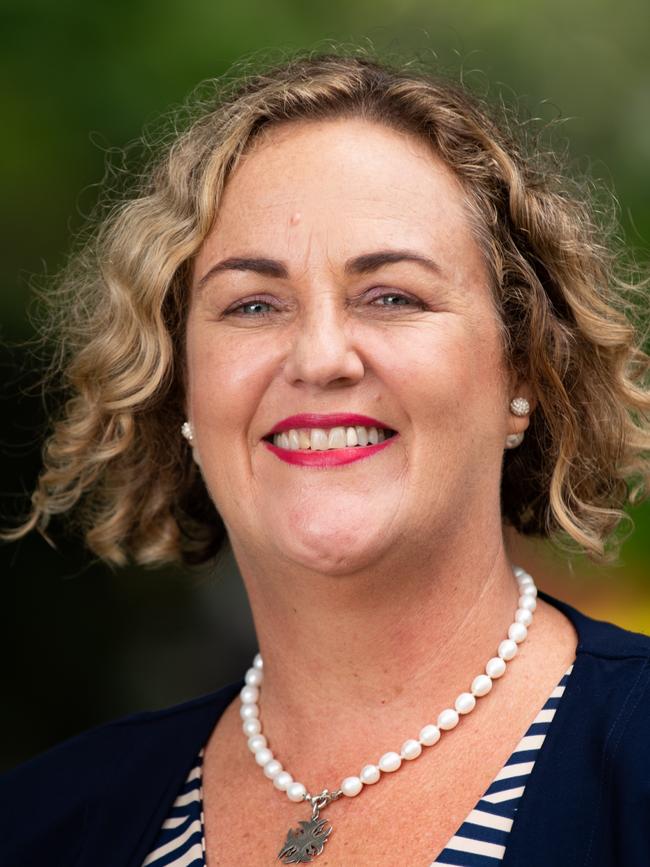Sunshine Coast, Noosa school attendance data reveals region’s best and worst
Sunshine Coast and Noosa students are missing crucial class time, with some schools reporting attendance has dropped below 90 per cent. SEE THE BEST AND WORST SCHOOLS FOR ATTENDANCE
Sunshine Coast
Don't miss out on the headlines from Sunshine Coast. Followed categories will be added to My News.
Four Sunshine Coast schools had student attendance records drop below 90 per cent three years running, as classrooms continue to adapt during the ongoing Covid-19 pandemic.
Data compiled through each schools’ annual reports revealed most Coast and Noosa schools had students attending at rates more than 90 per cent in the first semester of each year.
Maleny State High School had the lowest percentage of students attending school over the three year period.
Its data showed students attended on average 86 per cent of school days in 2018, 86 per cent in 2019 and 87 per cent in 2020.
Beerwah State High School students also missed more than a tenth of class each year between 2018 to 2020, with school data reporting attendance rates of 87 per cent, 88 per cent and 87 per cent respectively.
Conondale State School saw 88 per cent students attend class in 2018, 89 per cent in 2019 and 89 per cent in 2020.
Maroochydore State School also recorded below 90 per cent attendance rate with only 89 per cent students showing up for class in 2018, 89 per cent in 2019 and 87 per cent in 2020.
Schools generally divide the total of full-days and part-days that students attended, and comparing this to the total of all possible days for students to attend, expressed as a percentage for full time students only.
However, data recorded in 2020 was impacted as the COVID-19 health emergency affected student attendance in Queensland Government schools.
A Department of Education spokeswoman said the lockdown measures during the pandemic had skewed school attendance figures in 2020 but it was still vital for students to attend class to ensure their educational outcomes, general wellbeing, and future employment options wasn’t impacted.
“As expected, the COVID-19 health emergency affected attendance rates,” she said.
“However, the vast majority of Queensland state school students were still attending school most of this time.
“Students, parents, schools, local communities and government services all play a role in improving school attendance.”
Queensland Teachers’ Union president Cresta Richardson said consistent student attendance at school was an important element of this partnership and relationship.

“A lot of thought and consideration is given by teachers and school leaders to ensure students can continue to learn,” Ms Richardson said.
“Curriculum provision does not happen in isolation. It is multi layered, responsive and aims to take every student in a class to the next level of their learning.”
Ms Richardson said if students are unwell it’s important they put their health first and teachers will work with them to ensure their education isn’t impacted.
“If a person is sick, they should take the time to recover and return to school,” she said.
“Teaching and reteaching are a common part of the teaching and learning cycle that bring together the elements of the Australian Curriculum.”
The Department spokeswoman said schools use a wide range of strategies for improving and maintaining student attendance and engagement, including ensuring positive and welcoming school environments, setting clear expectations regarding attendance and regularly communicating these and any barriers with parents and students.
The attendance data for all Coast and Noosa schools for the 2021 academic year will be released in June 2022.





